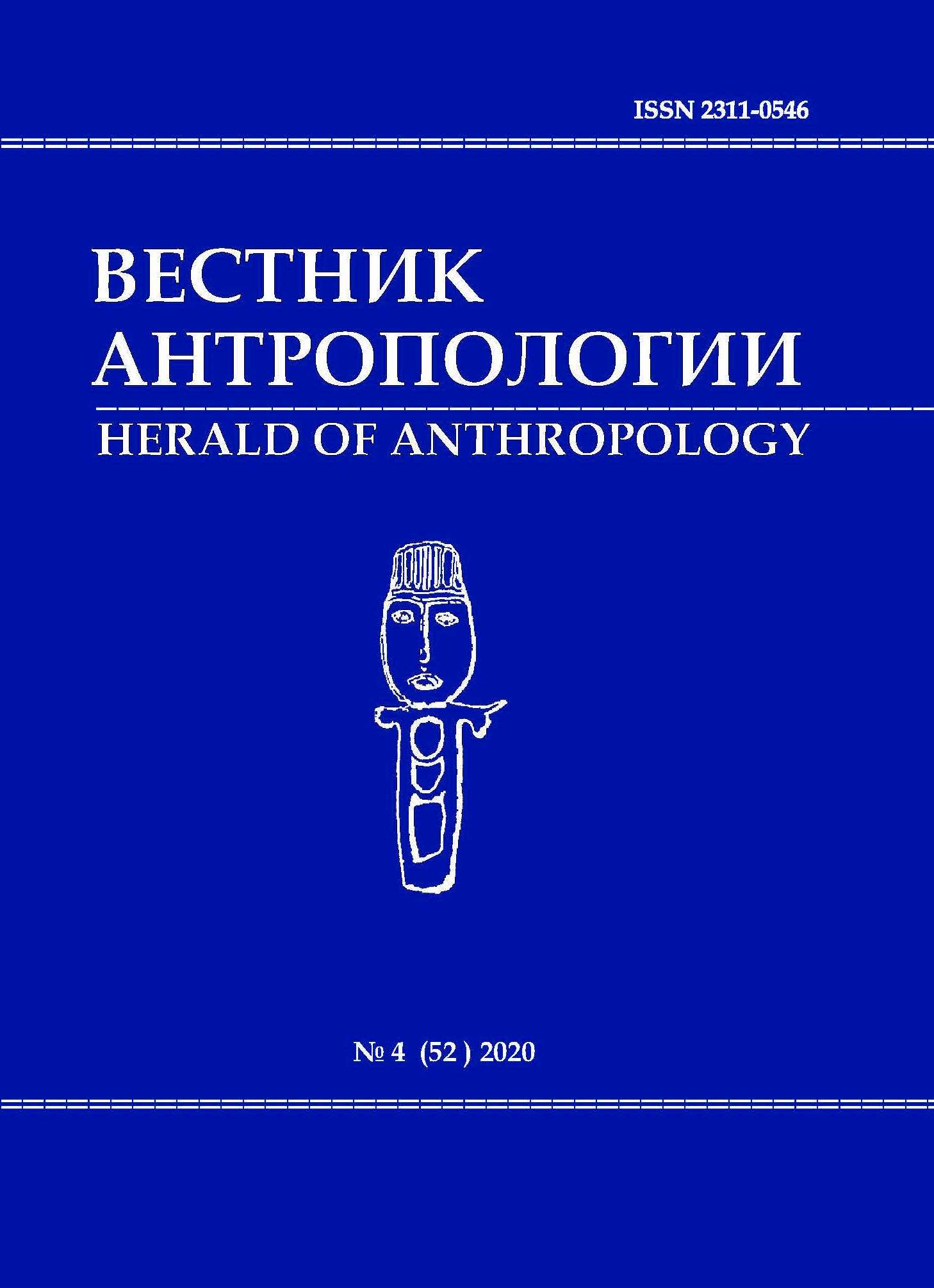The Georgian Diaspora in the North Caucasus: Some Aspects of Spiritual Culture
DOI: 10.33876/2311-0546/2020-52-4/188-198
Keywords:
the Georgian diaspora, North Caucasus, North Ossetia, spiritual culture, the Lomisoba holiday, interethnic relationsAbstract
In recent years, the Lomisoba holiday has become an important event in life of the Georgian diaspora in North Ossetia. It is held on the first Wednesday after the Holy Trinity (Troitsa) in the vicinity of the village Balta, located on the Georgian Military Highway. The origins of this holiday go to the Georgian region of Mtiuleti, where locals venerate St. George of Lomisy, whose personal holiday – Lomisoba – is held annually in the village Mleta. The Georgians of Balta, as well as the inhabitants of the neighboring villages Chmi and Nizhny Lars, maintain many folk traditions from the sphere of spiritual culture (folk beliefs, family and calendar rituals). This is partly due to the maintenance of constant contacts with relatives from neighboring regions of Georgia. As a rule, holidays in most of the multi-ethnic regions of the Caucasus have always created favorable conditions for communication between representatives not only of different peoples, but also of different confessions. According to the collected materials, this is still the case for the festive culture.
References
- Bardavelidze, V.V. Drevneishie religioznye verovaniia i obriadovoe graficheskoe iskusstvo gruzinskikh plemen [The oldest religious beliefs and ceremonial graphic art of the Georgian tribes], edited by V.A. Tishkov. Moscow: Nauka – Vostochnaia literatura, (Etnograficheskaia biblioteka).
- Beliaev Ioann, protoierei. 2008. Russkie missii na okrainakh. Istoriko-etnograficheskii ocherk. (Istoricheskii ocherk rasprostraneniia i vosstanovleniia khristianstva sredi osetin). Preosviashchennyi Iosif, episkop Vladikavkazskii (1821–1890). Istoriko-biograficheskii ocherk zhizni i deiatel'nosti "apostola Osetii' i pervogo arkhipastyria Vladikavkazskoi eparkhii (Sostavil sviashchennik Ioann Popov) [Russian missions on the outskirts. Historical and ethnographic sketch. (Historical sketch of the spread and restoration of Christianity among the Ossetians). Joseph, Bishop of Vladikavkaz (1821–1890). Historical and biographical sketch of the life and work of the “Apostle of Ossetia” and the first archpastor of the Vladikavkaz diocese (compiled by priest Ioann Popov)], edited by A.A. Gorobets. Vladikavkaz: Olimp.
- Kanukova, Z.V. and E.V. Fedosova. 2011. Etnokul'turnoe prostranstvo Severnoi Osetii [Ethnocultural space of North Ossetia]. Vladikavkaz: IPO SOIGSI.
- Kireev, F.S. 2015. Iz istorii khrama sviatoi ravnoapostol'noi Niny [From the history of the temple of St. Nina Equal to the Apostles]. Chyryston Ir (Pravoslavnaia Osetiia) 1 (4): 13–15.
- Tsorieva, I.T. 2011. Puti ispovedimye... Iz istorii osnovaniia ravninnykh poselenii na Kavkaze v kontse XVIII – XIX v. [From the history of the founding of lowland settlements in the Caucasus at the end of the 18th - 19th centuries.] Vladikavkaz: IPO SOIGSI.





















